It is required to resample audio signals within a custom model structure. This resampling task is not a kind of pre/post-processing operation that can be developed out of the model. In other words, this resampling is a section of model's internal design. Then, it is required to define the gradient operation for such a layer as well. For the resampling operation, it is going to employ tensorflow I/O:
The operation works perfectly and can be easily used as a pre/post-processing unit; however, its implementation a a custom layer being embedding within the model is challenging as I don't know how to implement the backward path.
- How the backward path should be implemented for such a 1D signal resampling layer?
- Is there any other open source 1D signal resampling layer that be employed?
P.S., I tried to employ conventional upsampling/pooling like layers, but not accurate enough comparing the tfio which implements other resampling methods like FFT-based.
To give more understanding, please have a look at: another question
